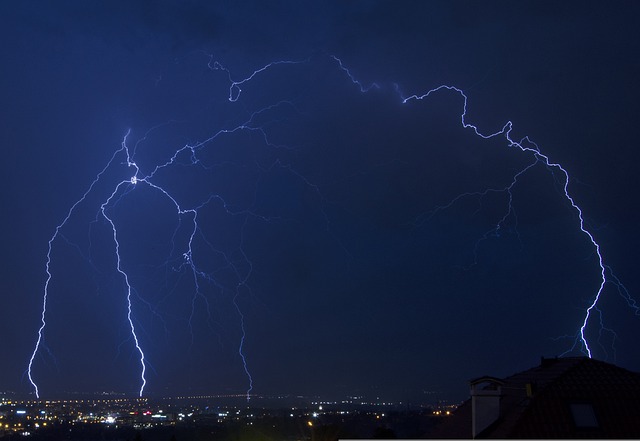Preventing Lighting from Striking Your Home
Posted by Stacy Burgin
Visit My Blog
Sign in or sign up to leave a comment
Sign in or sign up to leave a comment
Disclaimer: The views and opinions expressed in this blog are those of the author and do not necessarily reflect the official policy or position of the HRIS.
Advertisement
Stacy Burgin’s Blog Archive
Advertisement






